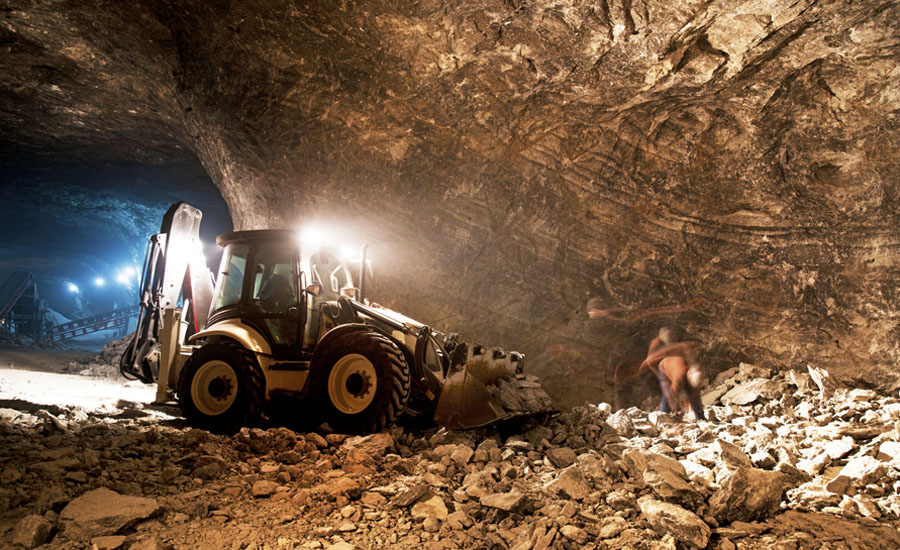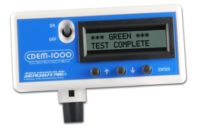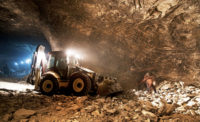By Steven Mischler, PhD, and Valerie Coughanour, MA, MFA
Until recently, underground coal miners and mine operators had little way of knowing—in real time—if miners were being exposed to hazardous levels of respirable coal dust during their shifts. NIOSH collaborated with an instrument manufacturer, government partners, labor representatives, and coal industry leaders to develop the continuous personal dust monitor (CPDM), a technology that offers miners, safety personnel, and operators real-time exposure information to help protect miners’ health.
Throughout their shifts, miners can read the digital screen on the CPDM to see their dust exposure levels for the previous 30 minutes, as well as their cumulative shift-long average. Workers and management can use this information to adjust dust controls or determine corrective actions—such as improved ventilation or repositioning miners to locations with less dust. The data recorded by the CPDM can also be uploaded to the Mine Safety and Health Administration sample collection database for determining compliance with allowable respirable dust limits.
Before the CPDM, mines had to collect samples on a filter and send them to a lab, where the samples were analyzed for hazardous dust. Shipping and lab time often took weeks—potentially leaving miners working in a dangerous situation. The CPDM reduces the reporting time to minutes.
Dust sampling in operating coal mines has been federally mandated since 1969 and is a critical part of checking whether the air that miners breathe underground is at or below allowable dust limits. MSHA mandated CPDM use for...Click here to read the rest of the blog post.


